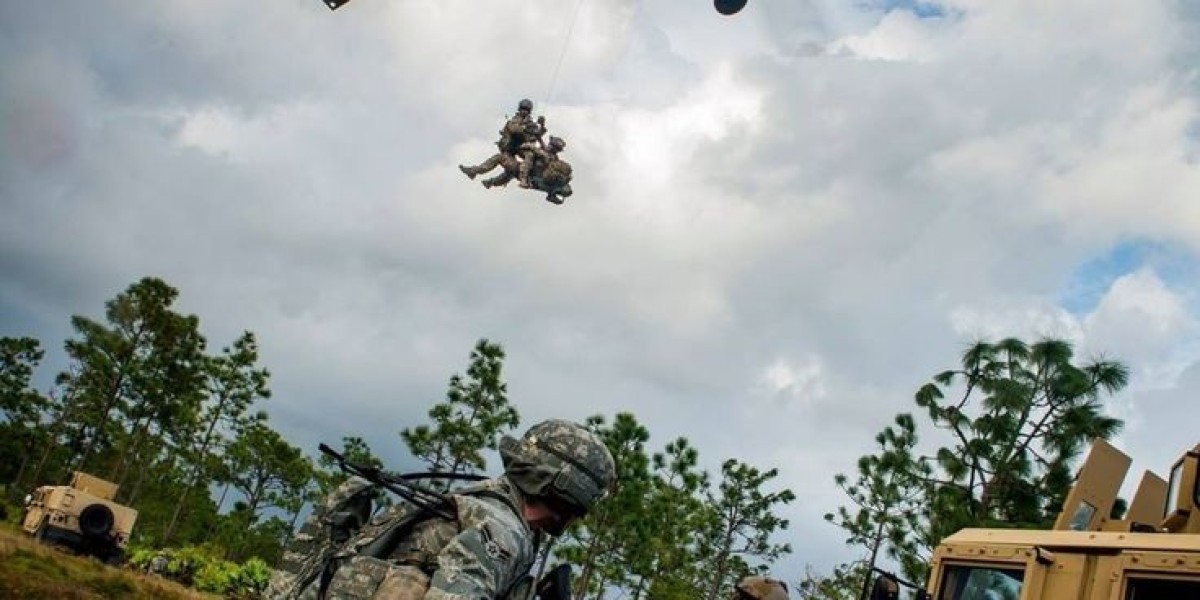The US Department of Defense (DoD) remains at the forefront of safeguarding national interests, ensuring military readiness, and adapting to the evolving challenges of global security. As 2025 unfolds, the DoD has announced a series of significant updates that not only bolster America’s defensive capabilities but also enhance its role as a global leader in peacekeeping and humanitarian efforts. These updates highlight a dynamic shift in defense priorities, driven by technological innovation, global partnerships, and emerging security challenges.
1. Expanding Cybersecurity Capabilities
In an era where cyber threats are as dangerous as traditional warfare, the DoD has placed substantial emphasis on cyber defense modernization. Recent updates reveal expanded funding for the Cyber Command to strengthen digital infrastructure against potential cyberattacks from hostile nations and non-state actors. The department is also integrating artificial intelligence (AI) into threat detection systems, enabling faster identification and neutralization of cyber threats.
2. Advancements in Defense Technology
The DoD is pushing the boundaries of innovation with the deployment of next-generation hypersonic missiles, advanced unmanned aerial vehicles (UAVs), and autonomous naval systems. These advancements not only enhance offensive capabilities but also improve reconnaissance and surveillance operations. The integration of quantum computing into defense systems is another major step forward, promising unparalleled speed in data processing and encryption.
3. Strengthening Global Alliances
The latest US Department of Defense updates highlight an intensified focus on strategic alliances. The DoD has reaffirmed commitments to NATO and strengthened bilateral defense agreements with Indo-Pacific partners such as Japan, Australia, and the Philippines. These alliances are crucial in addressing regional challenges, particularly in deterring aggression in contested territories and ensuring freedom of navigation.
4. Modernizing the Armed Forces
The DoD continues to invest in the modernization of military training and equipment. This includes upgrading combat gear, enhancing simulation-based training for soldiers, and implementing AI-driven decision-making tools in battlefield operations. The focus is on creating a more agile and responsive force capable of rapid deployment in diverse combat environments.
5. Commitment to Climate Resilience
In recognition of climate change as a national security threat, the DoD is incorporating sustainability and resilience into its operations. Military bases are being retrofitted with renewable energy sources, and new policies emphasize reducing carbon footprints while maintaining readiness. This forward-thinking approach ensures that environmental challenges do not undermine operational capabilities.
6. Enhancing Space Defense
The establishment of the US Space Command continues to evolve, with new initiatives aimed at protecting satellite networks and space-based communication systems. The DoD is investing in space surveillance systems to monitor and respond to potential threats in the increasingly contested space domain.
7. Veterans and Personnel Welfare
A key priority in the latest US Department of Defense updates is improving the welfare of service members and veterans. Programs for mental health support, career transition assistance, and housing improvements are being expanded. This commitment reflects the department’s recognition that a strong military is built on the well-being of its people.
8. Focus on Innovation Partnerships
The DoD is collaborating with private tech companies, research institutions, and startups to accelerate the development of breakthrough defense solutions. Through initiatives like the Defense Innovation Unit (DIU), the department is tapping into the agility of the private sector to rapidly adapt new technologies for defense applications.
9. Increased Humanitarian and Peacekeeping Roles
Beyond warfare, the DoD is enhancing its humanitarian response capabilities. From disaster relief missions to medical aid in conflict zones, the department’s recent activities demonstrate its commitment to global stability and humanitarian assistance.
10. Strategic Vision for the Future
The DoD’s forward-looking strategy emphasizes adaptability, innovation, and cooperation. By integrating advanced technologies, fostering alliances, and addressing unconventional threats, the department aims to maintain the United States’ position as a global security leader while preparing for the complexities of future conflicts.
Conclusion
The latest US Department of Defense updates paint a clear picture of a defense establishment that is not only reactive to current threats but also proactive in anticipating future challenges. Whether it’s through cutting-edge technology, strategic partnerships, or a renewed focus on personnel welfare, the DoD’s initiatives are shaping a stronger, safer, and more resilient America. In a rapidly changing world, these updates serve as a reminder that national security is an evolving mission—one that requires constant innovation, dedication, and global cooperation.






